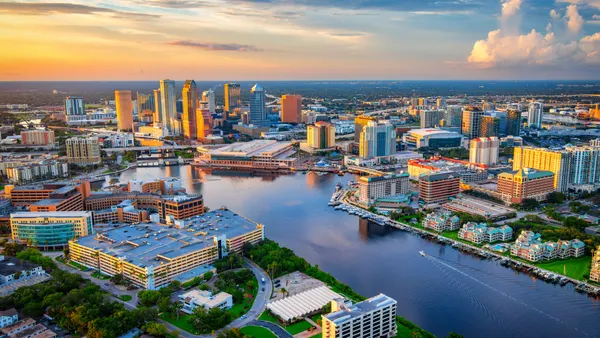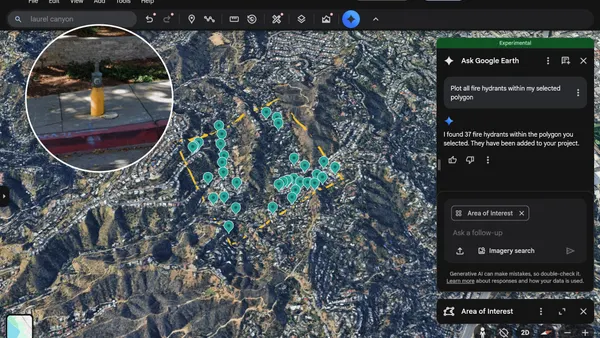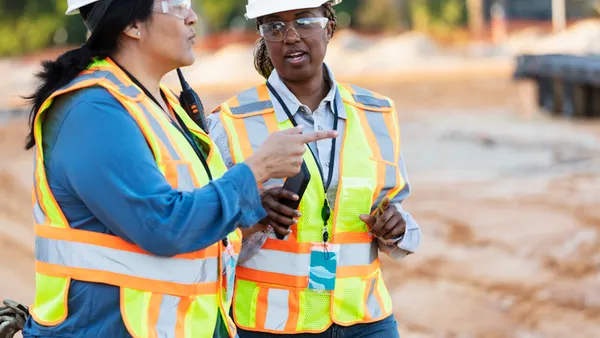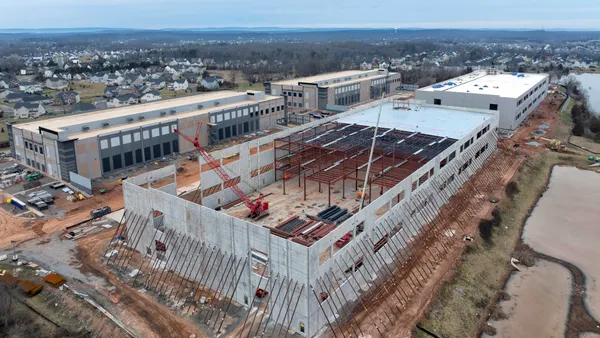UPDATE: Dec. 6, 2018: The Millennium Tower Homeowners Association has moved closer toward a potential $100 million fix for the leaning and sinking Millennium Tower San Francisco high-rise by filing a permit application with the city and county of San Francisco for what a spokesman for the owners is calling the “Perimeter Pile Upgrade,” according to United Press International.
If approved, 52 steel-and-concrete piles would be drilled into bedrock 250 feet below the structure along two sides. Each pile will measure 24 inches in diameter and weigh 140,000 pounds, the San Francisco Chronicle reported. This should, engineer Ronald Hamburger of Simpson Gumpertz & Heger told the Chronicle, relieve stress on compressed soil underneath the tower’s north and west sides, limiting future sinking and correcting the tilt.
Contrary to an earlier report, the work would be performed underground, not at street level, thereby limiting disruptive noise and vibrations. The entire pile project should take 18 months to complete.
Mission Street Development, an affiliate of Millennium Partners, reportedly will pay for and warrant the work out of an anticipated monetary settlement, currently in confidential mediation.
Dive Brief:
- There could be a new $100 million fix in the offing to stop the luxury Millennium Tower condominium high-rise in San Francisco from sinking, according to the San Francisco Chronicle.
- The new plan would see piles driven into the bedrock below the building from the sidewalk rather than through the structure's concrete foundation as a previous, more costly proposal suggested. The new strategy, formulated by the structural engineer for developer Millennium Partners, would reportedly stop the tower from sinking further but would likely not correct its tilt. The repair would take several months, and would take effort to minimize disruptions to residents, but would not require adjacent streets be closed.
- The Chronicle reported that both the Millennium’s homeowners association and developer have tentatively backed the plan, but that it still has to be submitted to the city for environmental review and permitting approvals. The San Francisco Superior Court judge presiding over many of the lawsuits residents have filed in the matter has pushed back the first scheduled trial so that parties can first concentrate on mediation and trying to come up with a funding plan for repairs.
Dive Insight:
The previous plan to fix the structure’s sinking and leaning issues, estimated to cost between $250 million and $500 million, would have seen about 150 piles first driven into the bedrock on one side of the building. Crews would then have given the other side of the building time to sink to a level position before driving the remainder of the piles necessary to secure the building. Coming up with the money for this solution was one worry, but residents also expressed concern about how the building would hold up during the two-year to five-year retrofit process.
Residents and the developer have launched a legal battle against the Transbay Joint Powers Authority claiming that construction — specifically dewatering — of the temporarily shuttered $2.2 billion Salesforce Transit Center next door is to blame for the Millennium Tower’s woes. And only a few days before two cracked beams were discovered at the transit center, a judge ruled that the authority must pay the Millennium’s legal fees as part of an agreement the two struck a decade ago. In exchange for being granted access to Millennium property during construction of the transit center, the authority agreed to pay the Millennium’s legal bills if it had to defend itself against claims of damage resulting from that access.
As for the transit center, a lab in New York is currently conducting tests on the cracked beams so that the authority can begin formulating a fix and schedule a reopening of the center to commuters. However, local officials have called for a complete structural review of the center, which could further delay a final resolution.










